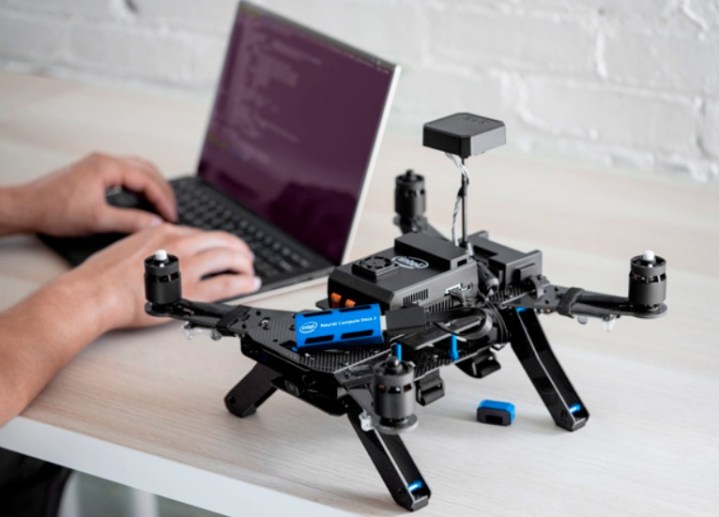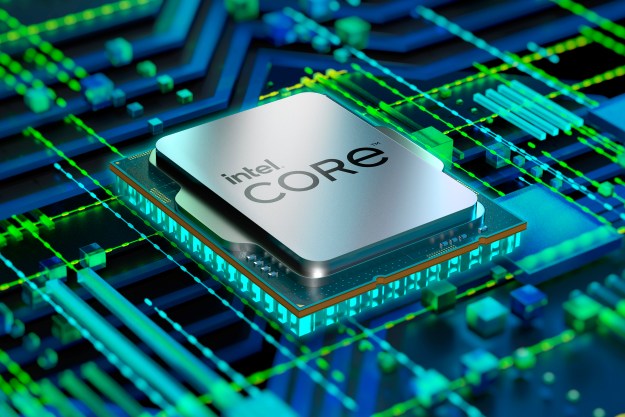
Intel pulled the curtain back on something pretty awesome. The device, called the Neural Compute Stick 2, is essentially a trainable artificial intelligence that lives on a thumb drive. Despite its small form factor, it has some big implications for the future of computing.
Just a few short years ago, neural networks required a lot of computing power to run — so much, in fact, that most of the computation couldn’t actually take place on your smartphone or PC. Instead, the task had to be sent to the cloud, where powerful servers could do the heavy lifting and then send the answer back to your device. In many cases, this is still how a lot of computation-heavy A.I. applications work. Take an Amazon Echo, for example. The little puck on your countertop doesn’t have the brains required to process natural language, understand the nature of your query, and spit out an answer within just a few seconds. So instead of spending multiple hours processing your question locally, it taps into the cloud to access more powerful servers, which perform the task quickly, then sends back the result to your speaker.
Intel’s Neural Compute Stick 2 doesn’t work like this. Thanks to some amazing hardware, the NCS2’s neural network is completely self-contained and doesn’t need any outside help to function. This essentially means that it can operate with far less latency since it doesn’t need to ping a remote server and wait to receive an answer. Everything happens locally, so no information needs to leave the device and travel through the internet.

Pretty cool, right? But as you’ve probably guessed, the NCS2 isn’t really something that regular folks are likely going to use. It’s aimed squarely at developers looking to create novel applications for computer vision A.I. — but that doesn’t necessarily mean we won’t benefit from it. At its core, the NCS2 is a tool, and Intel is hoping that by making this tool available for just $100, it will quicken the pace at which useful computer vision applications are developed and brought into the world.
So what does this mean for us non-developer folk? It’s hard to say right now — but the possibilities are wide open. Imagine a smart doorbell that can recognize the faces of everyone who lives in your house, tell when the delivery lady drops off a package, or begin recording only when somebody suspicious shows up — all without sending a single bit of information to the cloud. Such a device could offer all the same benefits that existing “smart” doorbells offer, but without compromising your privacy by sharing your data. It also wouldn’t necessarily need an internet connection to, say, unlock your door when it sees you approaching the house.
That’s just one possible use. Intel actually pre-released the NCS2 to a small handful of developers before the wide release, and the things they built with it are nothing short of amazing. One project scans your skin for signs of melanoma. Another puts machine vision into a microscope to spot illness-causing bacteria in drinking water. There’s even one that translates American Sign Language into text instantaneously. The possibilities are truly endless.
And the best part? There aren’t any restrictions on who can buy one of these suckers. If you have $100 and a computer that runs Linux, you can get your hands on an NCS2 and start building stuff.
Editors' Recommendations
- I tested Intel’s new overclocking tool, and it does AI all wrong
- OpenAI’s new ChatGPT app is free for iPhone and iPad
- Zoom’s A.I. tech to detect emotion during calls upsets critics
- New Intel Core i9-12900KS beats AMD’s best by almost 30%
- A mysterious new Intel i7 chip just showed up in tests




